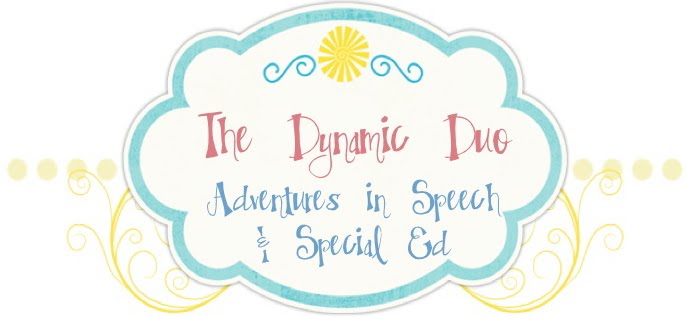We are all counting down the days until summer break begins. Even though time off sounds exciting to both students and teachers, it can be a minefield of challenges for our kids on the Autism Spectrum. All too often those "fun" activities can create extra stress and anxiety in our students with ASD. I have a simple suggestion that makes a world of difference!
Start NOW while things are relatively sane and help your student create their own calendar for the last 3-4 weeks of school. Note all the days where there will be unusual events such as assemblies, track & field day, class parties, field trips, etc. You can also make note of all the days that are "regular" schedule days. Consider color coding the regular days. Your student will then be able to preview and plan ahead for the changes that will occur.
I usually use this calendar because it is simple and non-distracting:
The week before school gets out, I send the following calendar home with students and ask their parents to help them fill it out. I know that the kids seem really excited to get out of school, but going from structured to unstructured days can create significant anxiety. I explain to parents that it is helpful to help their child structure their first week of summer and that they will likely experience a more peaceful start to their vacation.
Click here to download
I hope you find these tools quick and easy to use with your students with ASD. ~Kelley




















